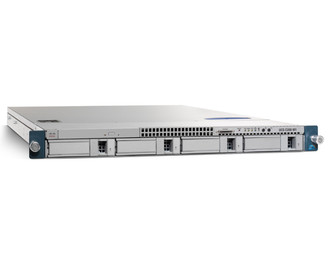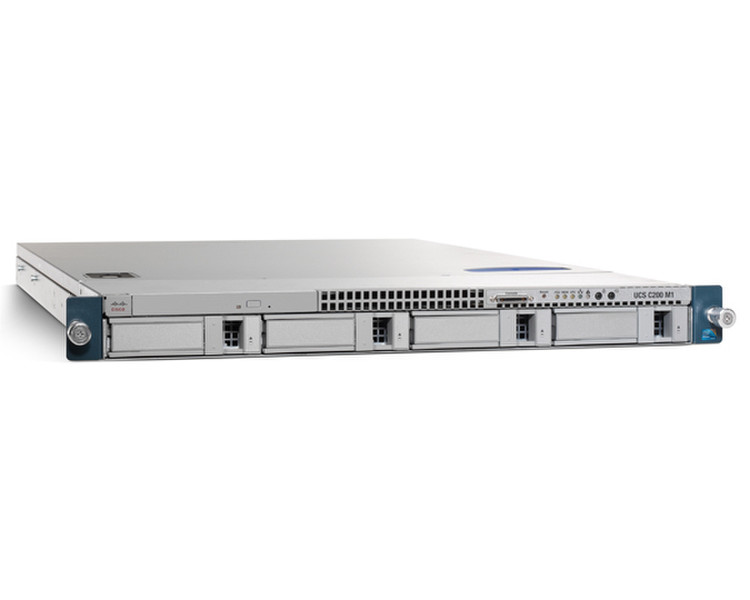Catalog
-
Catalog
- Antiquitäten & Kunst
- Auto & Motorrad: Fahrzeuge
- Baby
- Business & Industry
- Bücher
- Camping & Outdoor
- Feinschmecker
- Garden & patio
- Haustierbedarf
- Heimwerken & Garten
- HiFi & Audio
- Home, Construction, Renovation
- Household appliances
- Kleidung & Accessoires
- Modellbau
- Musik
- PC- & Videospiele
- Photo & camcorders
- Sammeln & Seltenes
- Spielzeug
- TV, Video, DVD
- Telekommunikation
- Uhren & Schmuck
- Wellness & Beauty
- computers & electronics
- entertainment & hobby
- fashion & lifestyle
- food, beverages & tobacco
- health & beauty
- institutional food services equipment
- medical equipment, accessories & supplies
- office
- sports & recreation
- vehicles & accessories
- weapons & ammunition
Filters
Search

Cisco UCS P81E
🚚 Select the country of delivery:
Delivery from:
Germany
Sale and delivery by:
Where to buy and prices (Advertising *)
On Top
Technical specifications
On Top
Additionally
| Ethernet LAN (RJ-45) ports quantity | 2 |
|---|
UCS P81E, PCI Express 2.0 x8, 10 Gigabit Ethernet - 2x
Cisco® UCS C-Series Rack-Mount Servers extend unified computing innovations to an industry-standard form factor to help reduce total cost of ownership (TCO) and increase business agility. Designed to operate both in standalone environments and as part of the Cisco Unified Computing System™, the series employs Cisco technology to help customers handle the most challenging workloads. The series incorporates a standards-based unified network fabric, Cisco VN-Link virtualization support, and Cisco Extended Memory Technology. It supports an incremental deployment model and protects customer investments with a future migration path to unified computing.
<b>Product Overview</b>
A Cisco innovation, the Cisco UCS P81E Virtual Interface Card is a virtualization-optimized Fibre Channel over Ethernet (FCoE) PCI Express (PCIe) 2.0 x8 10-Gbps adapter designed for use with Cisco UCS C-Series Rack-Mount Servers. The virtual interface card is a dual-port 10 Gigabit Ethernet PCIe adapter that can support up to 128 PCIe standards-compliant virtual interfaces, which can be dynamically configured so that both their interface type (network interface card [NIC] or host bus adapter [HBA]) and identity (MAC address and worldwide name [WWN]) are established using just-in-time provisioning. In addition, the Cisco UCS P81E can support network interface virtualization and Cisco VN-Link technology.
<b>Features and Benefits</b>
Unique to the Cisco Unified Computing System, the Cisco UCS P81E is optimized for virtualized environments, for organizations that seek increased mobility in their physical environments, and for data centers that want reduced TCO through NIC, HBA, cabling, and switch reduction.
The Cisco UCS P81E can present up to 128 virtual interfaces on a given server. The 128 virtual interfaces can be dynamically configured by Cisco UCS Manager as either Fibre Channel or Ethernet devices (Figure 1). Initially, the Cisco UCS P81E will support up to 2 Fibre Channel and 16 Ethernet devices. The number of virtual interfaces will be increased over time. With Cisco UCS P81E, deployment of applications that require or benefit from multiple Ethernet and Fibre Channel interfaces is no longer constrained by the available physical adapters.
To an operating system or a hypervisor running on a Cisco UCS C-Series Rack-Mount Server, the virtual interfaces appear as regular PCIe devices. In a virtualized environment, Cisco VN-Link technology allows virtual links to be centrally configured and managed without the complexity that traditional approaches interpose with multiple switching layers in virtualized environments. I/O configurations and network profiles move along with virtual machines, helping increase security and efficiency while reducing complexity. As a result of close cooperation between Cisco and VMware, network policies and virtual interfaces can be applied to virtual machines in VMware vCenter. The partnership also enables pass-through switching in the virtual switch, improving hypervisor performance.
Another significant virtualization innovation is a technology known as hypervisor bypass. The Cisco UCS P81E has built-in architectural support enabling the virtual machine to directly access the adapter when such technology becomes available in hypervisors. I/O bottlenecks and memory performance can be improved by giving virtual machines direct access to hardware I/O devices, eliminating the overhead of embedded software switches.
The Cisco UCS P81E also brings adapter consolidation to physical environments. The adapter can be defined as multiple different NICs and HBAs. For example, one adapter can replace two quad-port NICs and two single-port HBAs, resulting in fewer NICs, HBAs, switches, and cables.
<b>Product Overview</b>
A Cisco innovation, the Cisco UCS P81E Virtual Interface Card is a virtualization-optimized Fibre Channel over Ethernet (FCoE) PCI Express (PCIe) 2.0 x8 10-Gbps adapter designed for use with Cisco UCS C-Series Rack-Mount Servers. The virtual interface card is a dual-port 10 Gigabit Ethernet PCIe adapter that can support up to 128 PCIe standards-compliant virtual interfaces, which can be dynamically configured so that both their interface type (network interface card [NIC] or host bus adapter [HBA]) and identity (MAC address and worldwide name [WWN]) are established using just-in-time provisioning. In addition, the Cisco UCS P81E can support network interface virtualization and Cisco VN-Link technology.
<b>Features and Benefits</b>
Unique to the Cisco Unified Computing System, the Cisco UCS P81E is optimized for virtualized environments, for organizations that seek increased mobility in their physical environments, and for data centers that want reduced TCO through NIC, HBA, cabling, and switch reduction.
The Cisco UCS P81E can present up to 128 virtual interfaces on a given server. The 128 virtual interfaces can be dynamically configured by Cisco UCS Manager as either Fibre Channel or Ethernet devices (Figure 1). Initially, the Cisco UCS P81E will support up to 2 Fibre Channel and 16 Ethernet devices. The number of virtual interfaces will be increased over time. With Cisco UCS P81E, deployment of applications that require or benefit from multiple Ethernet and Fibre Channel interfaces is no longer constrained by the available physical adapters.
To an operating system or a hypervisor running on a Cisco UCS C-Series Rack-Mount Server, the virtual interfaces appear as regular PCIe devices. In a virtualized environment, Cisco VN-Link technology allows virtual links to be centrally configured and managed without the complexity that traditional approaches interpose with multiple switching layers in virtualized environments. I/O configurations and network profiles move along with virtual machines, helping increase security and efficiency while reducing complexity. As a result of close cooperation between Cisco and VMware, network policies and virtual interfaces can be applied to virtual machines in VMware vCenter. The partnership also enables pass-through switching in the virtual switch, improving hypervisor performance.
Another significant virtualization innovation is a technology known as hypervisor bypass. The Cisco UCS P81E has built-in architectural support enabling the virtual machine to directly access the adapter when such technology becomes available in hypervisors. I/O bottlenecks and memory performance can be improved by giving virtual machines direct access to hardware I/O devices, eliminating the overhead of embedded software switches.
The Cisco UCS P81E also brings adapter consolidation to physical environments. The adapter can be defined as multiple different NICs and HBAs. For example, one adapter can replace two quad-port NICs and two single-port HBAs, resulting in fewer NICs, HBAs, switches, and cables.
-
Payment Methods
We accept:










